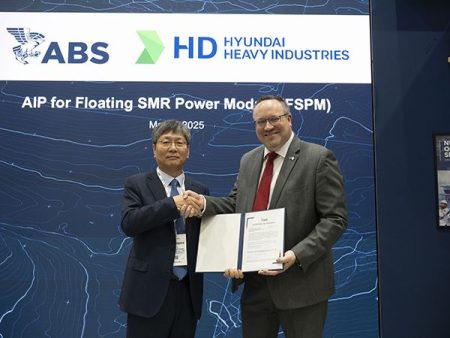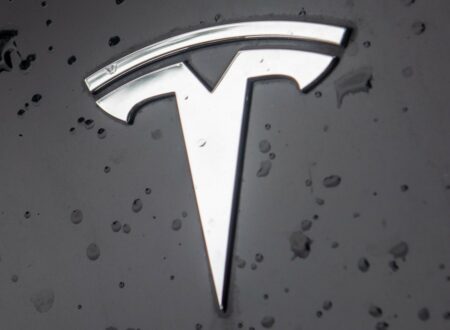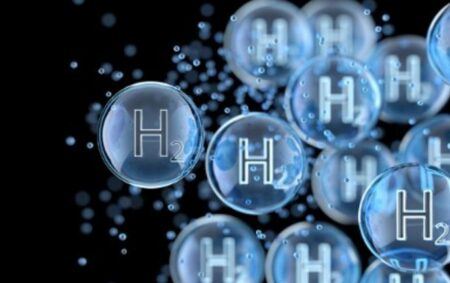Hydrogen is not just another element; it’s a strategic opportunity for the United States to lead the global clean energy revolution. With the right incentives, hydrogen could position the U.S. as a net-zero industrial powerhouse, maintaining the economic momentum it gained from abundant natural gas production during the shale revolution.
However, a critical deadline recently passed without action from the federal government, potentially jeopardizing this opportunity.
The August 16 deadline, set by Congress, required the U.S. Treasury to issue guidance on clean hydrogen tax credits created under the Inflation Reduction Act (IRA). These credits are vital to the success of the hydrogen industry, but their delay poses a significant setback.
The U.S. has been making strides in green industrial competitiveness, driven by the IRA, and it risks losing its potential to become a global leader in zero-emission hydrogen if action is not taken promptly. The Biden administration’s commitment to boosting the U.S.’s significance in the global green economy should begin with an inclusive approach to hydrogen tax credits.
The incentives for policymakers are massive. According to the U.S. National Clean Hydrogen Strategy and Roadmap, clean hydrogen could create 100,000 jobs by 2030 and reduce U.S. emissions by about 10 percent by 2050 compared to 2005 levels.
The strategic importance of hydrogen is clear, and even U.S. adversaries have taken notice. China, in particular, is eager to maintain control of global clean energy supply chains and has become the world’s largest producer and consumer of hydrogen. It aims to solidify this position through its Hydrogen Industry Development Plan.
However, the U.S. is playing catch-up. Yet, it has a significant opportunity with $9.5 billion in clean hydrogen tax credits available through the IRA and Bipartisan Infrastructure Law. This presents a chance for the U.S. to strengthen its role in the emerging global green economy.
Hydrogen, as the most abundant element on Earth, is pivotal for achieving an emissions-free energy system. Carbon-free hydrogen, produced from renewable or nuclear electricity, or from fossil fuels with carbon capture, can help decarbonize challenging sectors like chemicals, metals, and long-distance transport.
But the challenge lies in scaling up clean hydrogen production. Electrolysis, which uses clean electricity to split water into hydrogen and oxygen, is not yet financially competitive without subsidies. This is where the IRA’s section 45V hydrogen production tax credit, offering up to $3 per kilogram of low-emission hydrogen, plays a crucial role.
While it’s essential to encourage companies to verify hydrogen production and its delivery from net-zero emissions sources in the long term, overly ambitious definitions of “clean hydrogen” could hinder industry growth and impact U.S. strategic interests.
Congress and the administration must prioritize the growth of the hydrogen industry first and move it toward a net-zero pathway second. China’s approach underscores the urgency, and the U.S. cannot afford to fall behind, as it has in other emerging clean industries like solar cells, batteries, and critical minerals.
China has a track record of asserting control over emerging cleantech industries. For example, it dominates the solar energy supply chain and controls over 85 percent of rare earth element processing.
The electrolyzer market, crucial for hydrogen production, is poised for rapid growth. BloombergNEF predicts that world electrolyzer production must increase 91-fold to meet clean hydrogen demand in 2030, and over 40 percent of all electrolyzers are currently produced in China, thanks to substantial subsidies.
Through the IRA and related legislation, the U.S. government has signaled its commitment to restoring the country’s industrial competitiveness. However, it must strike a balance between environmental goals and economic viability. The U.S. must also consider the national security implications of relying on a single country for a critical industrial input.
To maintain its influence in the global energy system, the U.S. cannot afford to lose leadership in the hydrogen economy to Beijing. The answer is clear: Washington must act swiftly to secure America’s place in the hydrogen revolution and maintain its role as a global energy leader.








